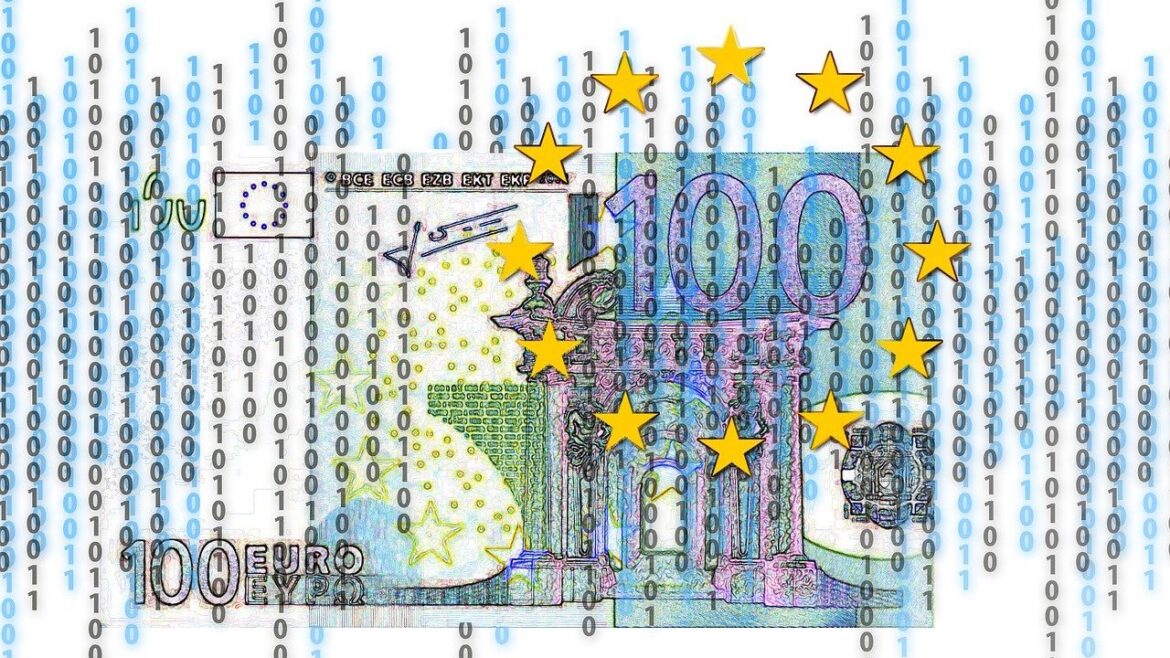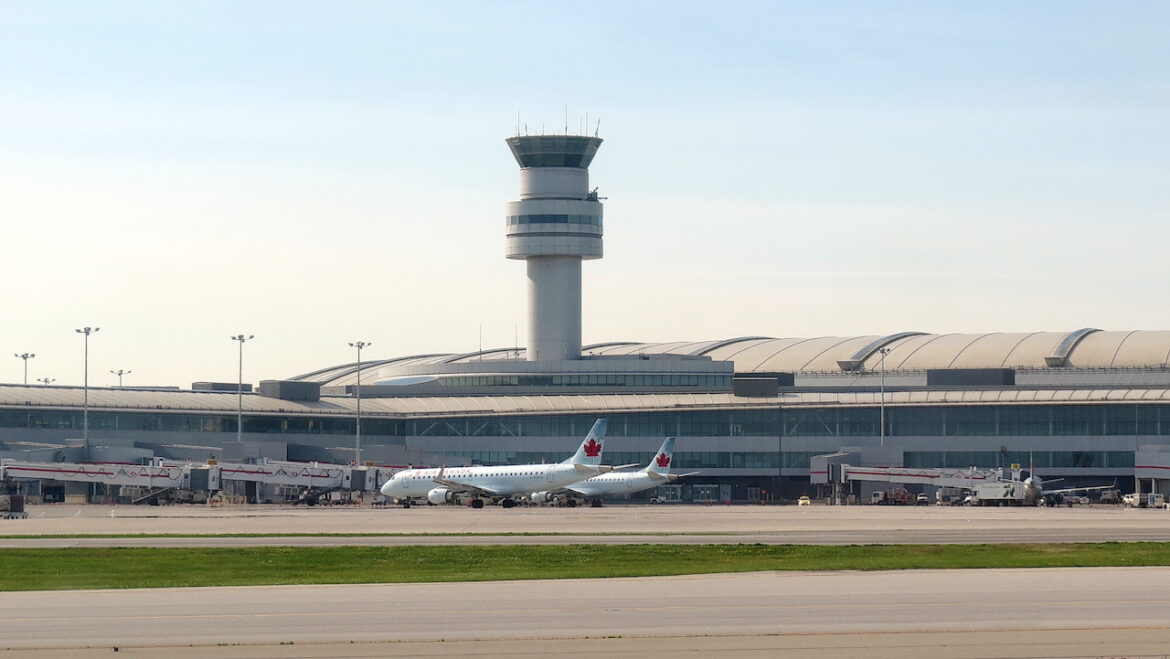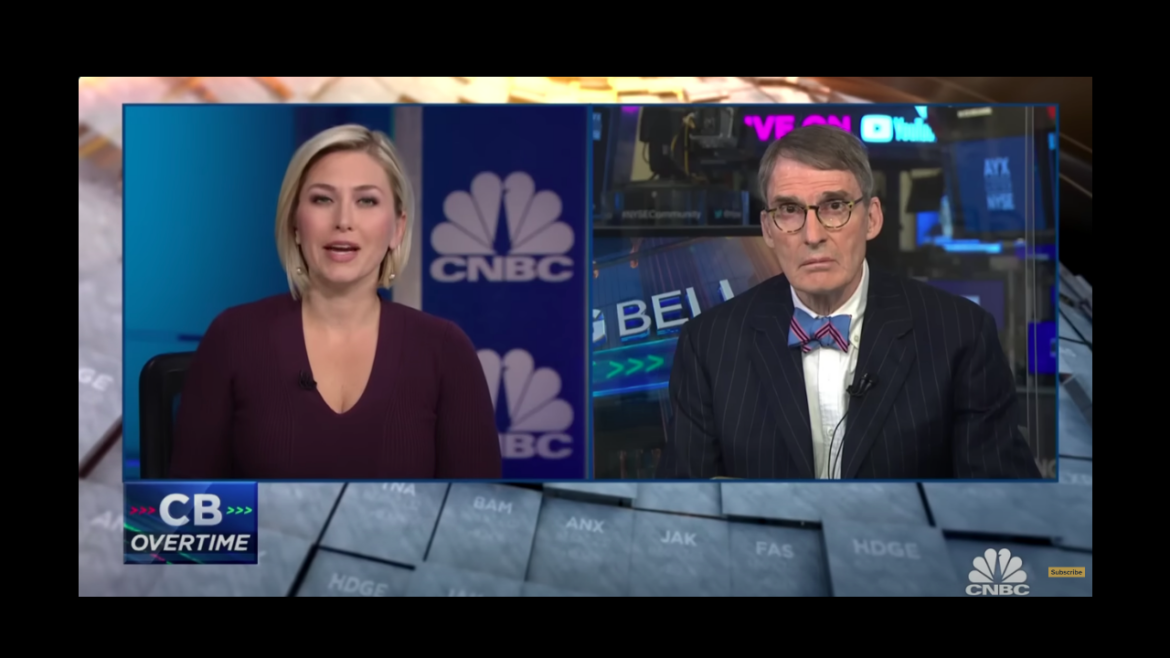Gold has all the potential to go unprecedentedly high. But silver will be gold on
Site:
Precious metals news
Chinese gold demand was up 7.3% year on year through the first nine months of 2023.China ranks as the world’s biggest gold market, and Chinese demand has a significant impact on the global gold market.
The European Central Bank (ECB) is laying the groundwork to roll out its version of a central bank digital currency (CBDC).According to the ECB's website, the "preparation phase" for the digital euro begins in November and "builds on the findings from our investigation phase."
Researchers from the University of Liverpool and the University of Warwick discovered that the process of extracting and refining silver by ancient Romans resulted in lead pollution found in Greenland's ice. This pollution likely drifted across the Atlantic from Roman mints. The Romans, especially after conflicts in Iberia and southern France, recycled silver to produce coins, a practice which became more prevalent when coins with lower gold levels emerged. According to Jonathan Wood, recycling coins was more cost-effective and environmentally friendly for the Romans than extracting new silver.
The AI boom is expected to increase industrial demand for precious metals. ChatGPT's popularity has driven demand for AI-powered chips, benefiting companies like Nvidia. As AI tech becomes more advanced, it will require components rich in precious metals. Metals Focus predicts a rise in demand for metals such as platinum, silver-palladium, gold, and palladium in various AI components. Spot gold prices have recently risen by 9%, influenced by geopolitical events, boosting the outlook for other precious metals.
Oct 25, 2023 - 13:01:47 PDT
In the first nine months of 2023, China's gold production rose by 0.47% to 271.248 tonnes. Gold consumption increased by 7.32% to 835.07 tonnes, with gold jewelry consumption at 552.04 tonnes (up 5.72%) and gold bars and coins at 222.37 tonnes (up 15.98%). However, industrial gold consumption decreased by 5.53% to 60.66 tonnes. Gold-backed ETF holdings in China grew by 9.53 tonnes in the third quarter, totaling 59.69 tonnes by September's end.
Government debt is surging due to excessive spending and inadequate tax revenue. Attempts to balance the budget are faltering in Congress. Past administrations missed chances to lock in low rates with long-term bonds. With rising interest rates, the U.S. faces potential annual interest payments of $1 trillion. We are going to reckon with this debt for a long time.”
 After Massive Bond Losses World's Oldest Central Bank Seeking $7 Billion Bailout
After Massive Bond Losses World's Oldest Central Bank Seeking $7 Billion BailoutOct 25, 2023 - 12:16:06 PDT
Rising interest rates have led to substantial losses on global fixed income securities, totaling over $100 trillion. The Federal Reserve has incurred significant losses, with operating losses surpassing $111 billion. Despite these losses, the Fed remains financially unscathed due to its ability to print the world's reserve currency. Other central banks aren't as fortunate. The Bank of England required a bailout after suffering from the Quantitative Easing program. The Riksbank, Sweden's central bank, revealed a loss of SEK 80 billion in 2022 and requires a capital injection to restore its equity. Other central banks may soon follow suit, facing financial challenges from rising interest rates.
 Surviving the Crash of 1929: How Gold Stocks Defied the Great Depression
Surviving the Crash of 1929: How Gold Stocks Defied the Great DepressionOct 25, 2023 - 11:45:52 PDT
Ninety-four years ago, the optimism and prosperity of the 'Roaring Twenties' ended abruptly with the Crash of 1929...
 This Is HUGE. Something REALLY Important Is Happening in the Gold Market RIGHT NOW
This Is HUGE. Something REALLY Important Is Happening in the Gold Market RIGHT NOWOct 25, 2023 - 11:07:11 PDT
What does it mean for gold and silver?
"We live in a shock-prone world, and adaptation is crucial," Kristalina Georgieva stated at the Future Investment Initiative. Inflation remains troublingly high, indicating persistent interest rates that will stifle growth for years. She urged for unity, cautioning against economic fragmentation. Side Note: Currency printing by global central banks is rarely discussed as the real issue.
Oct 25, 2023 - 08:41:39 PDT
The US Social Security Administration has hit a troubling deficit of $50 billion this fiscal year. Despite record income of $1.15 trillion, escalating retiree benefits surged outgoings to $1.20 trillion. The Trust Fund's eroded earnings, now at $2.67 trillion, can be partly blamed on historically low interest rates. If no corrective measures are implemented, the sustainability of the fund remains in jeopardy. The current state of Social Security underscores that relying on it solely for retirement is a risky proposition.
Japan's bond market is destabilizing despite aggressive interventions by the Bank of Japan (BoJ). The BoJ's unprecedented Quantitative Easing (QE) program, aiming to maintain the 10-Year Japanese Government Bond yield below 1%, is struggling. In the last month alone, the BoJ had to step in six times due to rising yields. As the Yen weakens, concerns grow over an imminent debt crisis, reminiscent of past financial bubbles.
The housing market in 2023 is heading towards its darkest period since the 2008 economic downturn. Current projections from Redfin estimate that only 4.1 million homes will be sold this year. Should this number decline below 4 million, it would represent the most dismal performance for the housing sector in nearly three decades, since 1995.
US bond yields are surging at a pace not seen since the early 1980s, a period that led to two recessions. The 10-year Treasury yield recently exceeded 5% for the first time since 2007. Despite the aggressive interest-rate hikes under Fed Chair Jerome Powell, the economy hasn't tanked, but the bond market is taking a hit. With increasing federal deficits and major central banks reducing bond purchases, there's growing uncertainty.
Federal Reserve Chair Jerome Powell has expressed concerns over the U.S.'s escalating fiscal deficits and warned of its unsustainability. Despite his previous push for fiscal stimulus during the pandemic's peak, Powell now remains largely silent on the ballooning federal deficit. This shift contrasts starkly from his 2020 stance, when he advocated for further financial stimulus to support the economy. The current deficit, reaching $2 trillion, poses significant concerns, influencing rising bond yields and market instability.
How in the world did the Toronto airport lose $15.3 million in gold bars along with $1.9 million in cash?That remains unclear, but a lawsuit filed by Brink's shed a little bit of light on the situation.
HSBC's CEO, Noel Quinn, warns of an impending global debt crisis, emphasizing that nations are nearing a critical "tipping point" in borrowing. This is compounded by rising Middle East tensions and potential global recession risks. Both the IMF and World Bank have highlighted alarmingly high global debt levels. Furthermore, Europe faces sluggish growth and potential inflationary issues, with recent data showing economic declines in the region, and predictions indicating a continued eurozone downturn into 2024.
Oct 25, 2023 - 06:28:54 PDT
Prominent investors Bill Ackman and Bill Gross warn of an overheated Treasury bond market, with 10-year yields surpassing 5%. While both express concerns, Gross specifically predicts a recession by the fourth quarter, citing rising auto delinquencies and regional bank issues. Meanwhile, Fed Chairman Jerome Powell suggests the yield spike might mitigate future rate hikes.
Economists repeatedly misjudged inflation throughout 2021 and 2022, and their confidence in the U.S. economy's resilience seems misplaced as the Fed aggressively hikes rates. Despite enduring inflation for 30 months, traditional economic models failed to anticipate the spending power from pandemic savings. There's growing skepticism about returning to the low-inflation, low-rate environment of 2009-2020, given recent unpredictabilities. The looming question is whether the economy can withstand further pressures or if persistent inflation will derail growth.
Will the Federal Reserve raise interest rates again? Or is this hiking cycle over? Will it really hold rates higher longer, or will it cut in the near future? Everybody in the financial world is trying to predict the central bank's next move.Fed members insist they are data-dependent and will go where the numbers lead them. But in an interview on CNBC, financial analyst Jim Grant said data alone isn't enough. You need to put the data into context.













